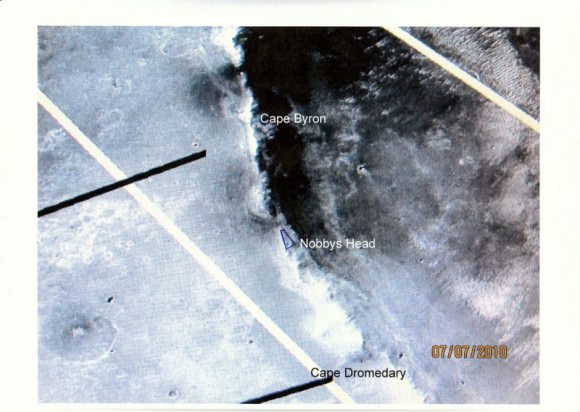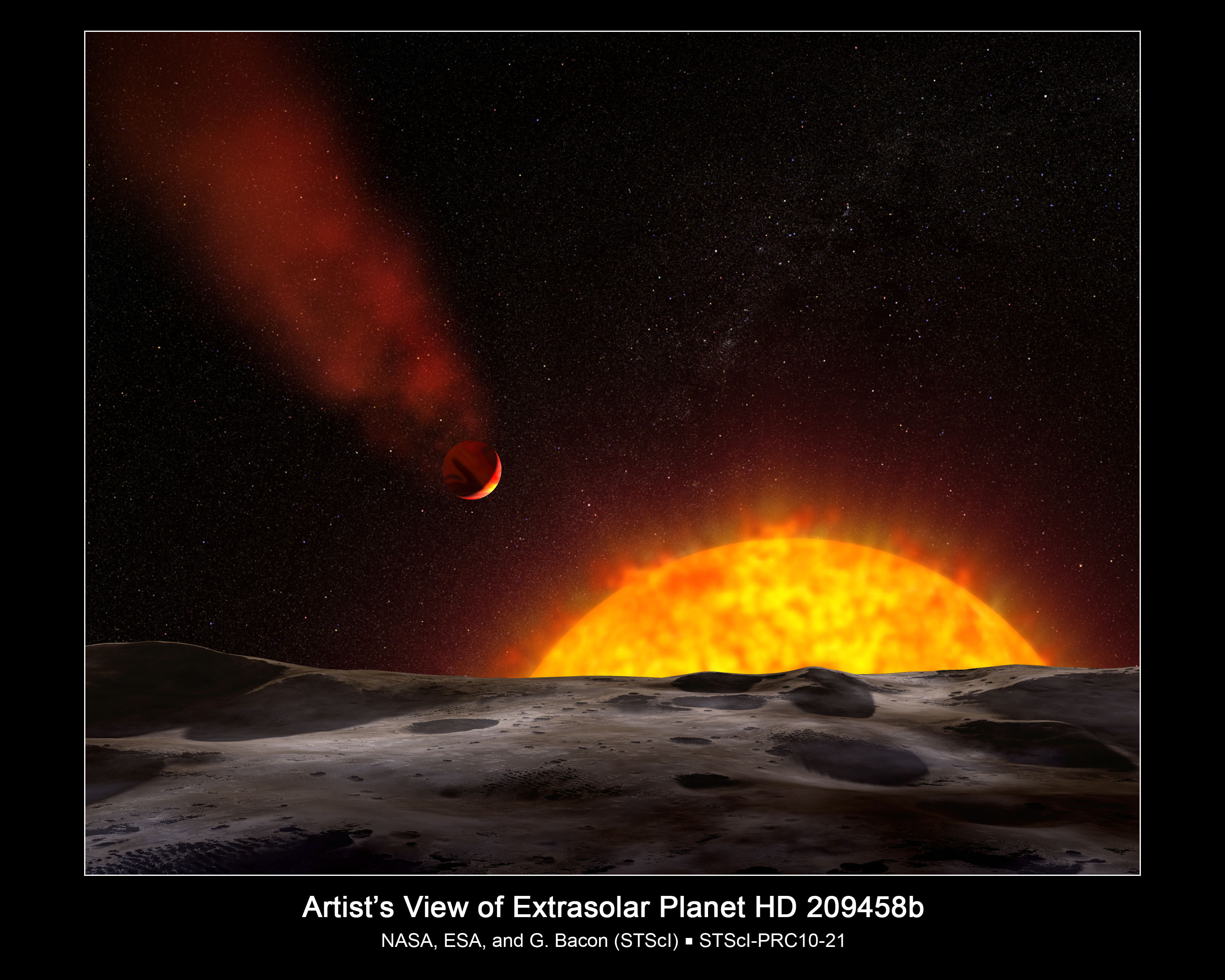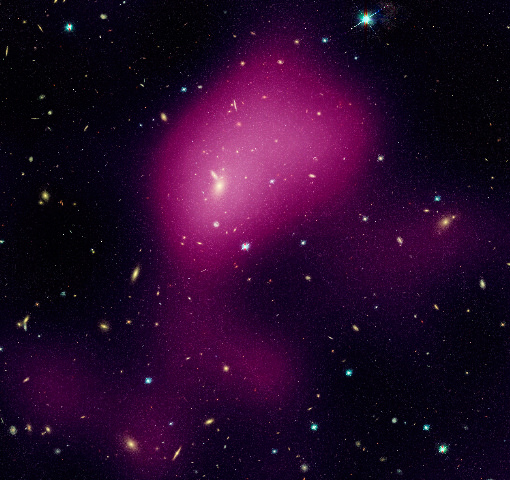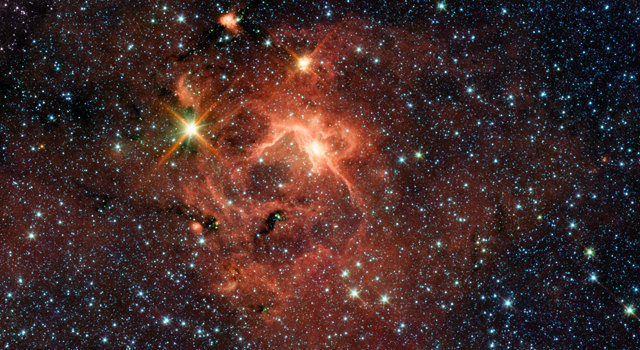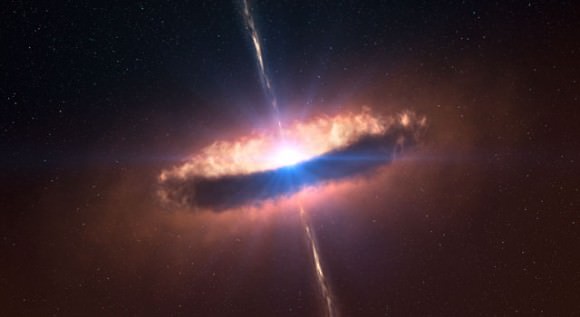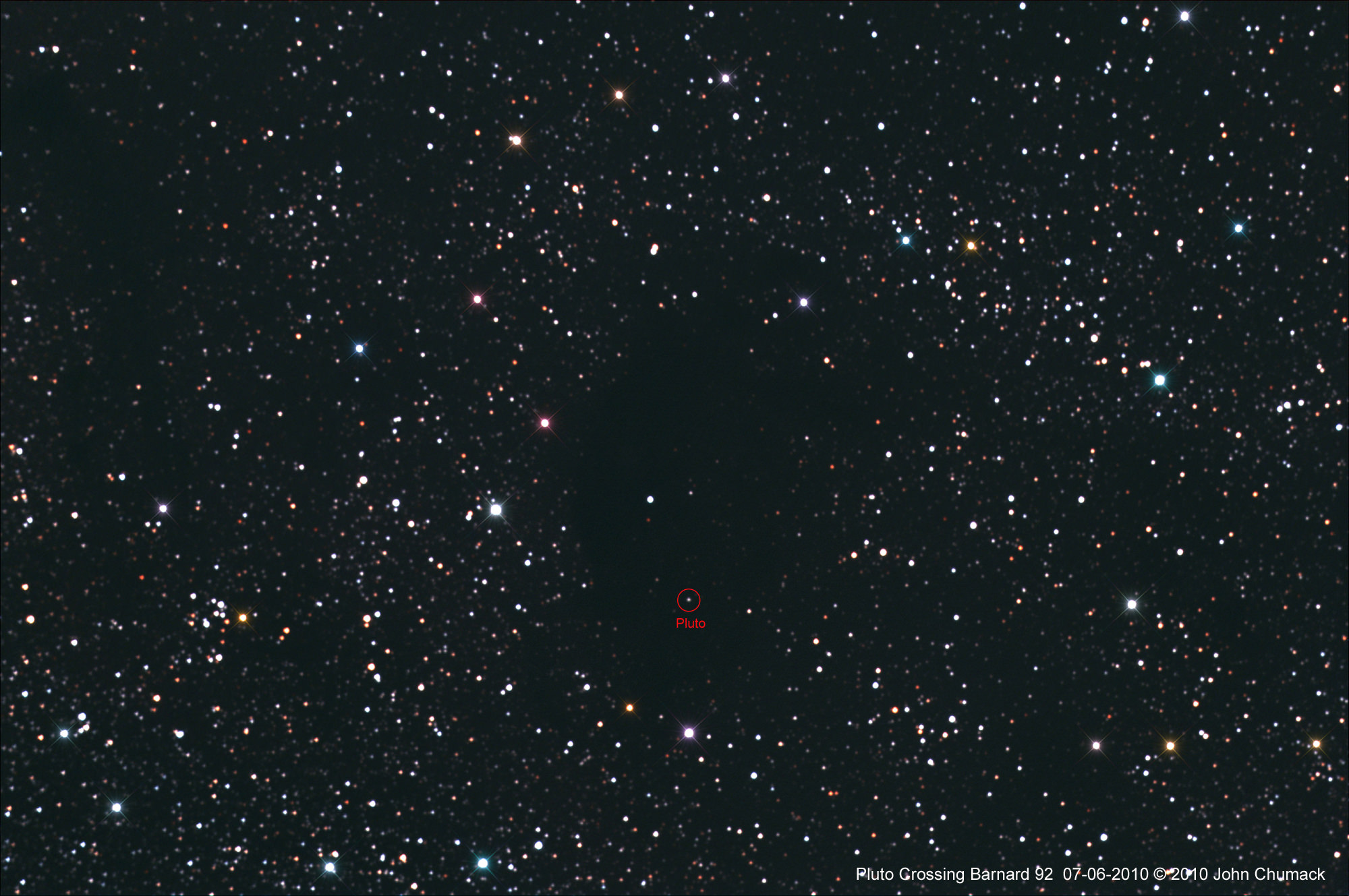The U.S. Senate Commerce, Science and Transportation today unanimously approved legislation that would add a shuttle mission and jump start work on a heavy-lift rocket next year. The NASA Reauthorization Act effectively cancels the Constellation program, but directs NASA to begin work immediately on a new heavy-lift vehicle to be ready by 2016, along with a crew vehicle. The new legislation takes money away, however, from two main focuses on Obama’s proposed budget: commercial space development and funding for innovation and breakthrough technologies.
Commercial space ventures would only get $1.6 billion for development in the next three years, as opposed to Obama’s plan for $3.3 billion on commercial rocket companies between 2011 and 2013.
Obama had proposed $6 billion over five years for technology development whereas the new Senate bill funds advanced technologies at about $950 million over three years.
Both of these components are a big disappointment for those looking towards the future and not necessarily honing in on the short-term of the next few years.
The plan, mainly spearheaded by Florida Senator Bill Nelson is said to be a compromise between Obama’s plan and those in Congress who opposed it.
“The goal was to preserve U.S. leadership in space exploration and keep as much of the rocket-industry talent as possible employed,” said Nelson, following Thursday’s unanimous approval of the authorization bill.
Nelson said extending the space shuttle into 2011 keeps much of the KSC workforce in place and advances heavy-lift rocket development, with an eye toward manned flights nearly a decade earlier than 2025, as had been proposed by the White House. It also provides the money for operating the International Space Station through 2020.
Some, including business and space advocates on the Space Coast, were critical of the draft bill because it scaled back President Obama’s proposed funding for that program and for technology development, both of which could create jobs.
The heavy lift development would be started now instead of 2015, as proposed by Obama.
But is creating a heavy-lift vehicle by 2016 doable, or is it basically asking NASA to do too much with too little – to which Constellation fell victim?
Although Nelson said the bill would support an overall growth in science, aeronautics, and space technology and define a long-term goal for human space flight to expand a permanent human presence beyond low-Earth orbit, no particular destination was cited.
The ISS would remain funded until 2020.
Here are they key differences between Obama’s budget plan and the Senate’s Reauthorization Act:
Space Shuttle
Obama: end in February, 2011
Senate: end in late summer, 2011
Commercial Space:
Obama: $3.3 billion for 2011-2013
Senate: $1.6 billion during the same time period
Constellation Program
Obama: Cancel, but continue with a “lite” version of the Orion space capsule
Senate: Cancel but accelerate development of a heavy-lift rocket that can also carry astronauts to low-earth orbit and continue development of an Orion-like space capsule
Technology Development
Obama: Fund Flagship Technologies program at $6 billion over five years
Senate: Fund advanced technologies at about $950 million over three years
For education the new bill would support new education initiatives, such as teacher training programs, to reinforce NASA’s role in developing a workforce with strong science, technology, engineering, and mathematics skills.
The bill would require NASA to look at alternative management models for NASA’s workforce, centers, and capabilities, while enforcing short-term prohibitions on major center displacements and reductions-in-force until a job study is completed.
Weigh in on your opinions below. What’s next? The White House will probably respond with another compromise, and those who work at NASA will remain in limbo while another compromise is worked on.
Further reading:
Nelson Press Release of NASA 2010 Reauthorization Act
Orlando Sentinel: Better Course on Space
Houston Chronicle: (Sci Guy) White House May be Inclined to Support Senate Bill
Letter from former astronauts supporting Commercial Crew Transport
Letter from former astronauts against Obama plan (MSNBC)




